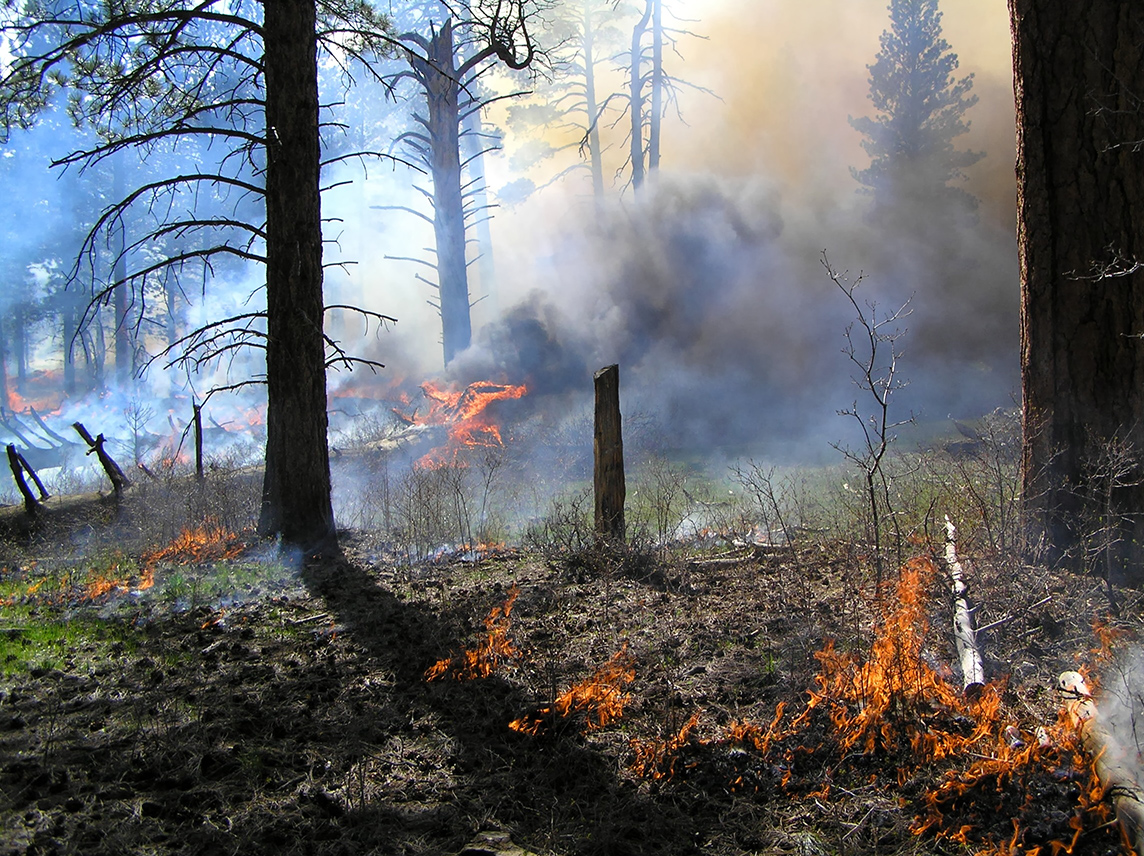
If you’ve suffered through a fire, replacing your home is probably top of mind. But your landscape has suffered, too, and will likely need some rejuvenation. Here’s what you need to know about repairing your landscape after a wildfire or house fire.
Consider erosion control. If your landscape has been devastated by fire, you might soon confront an erosion problem. You must contact a landscape expert right away, before rain arrives, in order to prevent a compounding problem as you rebuild.
Evaluate trees and shrubs. Were your trees and shrubs irreparably damaged by the fire? In some cases there is no doubt about this question. But in other cases, you might feel unsure of whether a particular tree can be saved.
If you believe a tree or shrub can be saved, water it generously and regularly. Often, those with burned foliage are still alive and will begin to produce new growth in three to four months. However, hold off on fertilizing any damaged plants for a bit; they need time to recover.
Make sure to seek a professional opinion before making a decision or cutting down a damaged tree. These situations can be dangerous. On the other hand, leaving a damaged tree in place can also pose a danger!
Repair damaged soil. Soil depends upon a specific microbial balance, and those microbes can succumb to the extreme heat of a fire. Fires also “glaze” the surface, by quite literally melting the soil so that it repels water. It will need significant repair in most circumstances.
An application of compost and organic fertilizers is necessary to restore proper balance. These items must be tilled into the soil.
Replant. As you replant shrubs and gardens, add mycorrhizal fungi to each planting hole. These fungi form a symbiotic relationship with plant roots, helping them to absorb nutrients and water, and are a part of the essential microbial balance of the soil.
Reseeding. After the soil has been repaired, you can reseed with your preferred grass or native wildflowers. You might also consider a low-water landscape, or alternative groundcovers instead of grass.
Consider firescaping. As you replant your landscaping, consider firescaping principles which can reduce the risk of another devastating fire in the future.
What about hardscape? In many cases, your hardscape, such as patios and retaining walls, will just need a good washing to remove soot and ash. But if you suspect structural damage, we should inspect everything and help you decide what to do about repairs or replacements.
As difficult as a fire event can be, it also presents you an opportunity for rejuvenation. If there was anything about your lawn that you always wanted to change, now is your chance. Give us a call to discuss your landscaping design ideas, and we can help you transform your yard into the lawn of your dreams.
